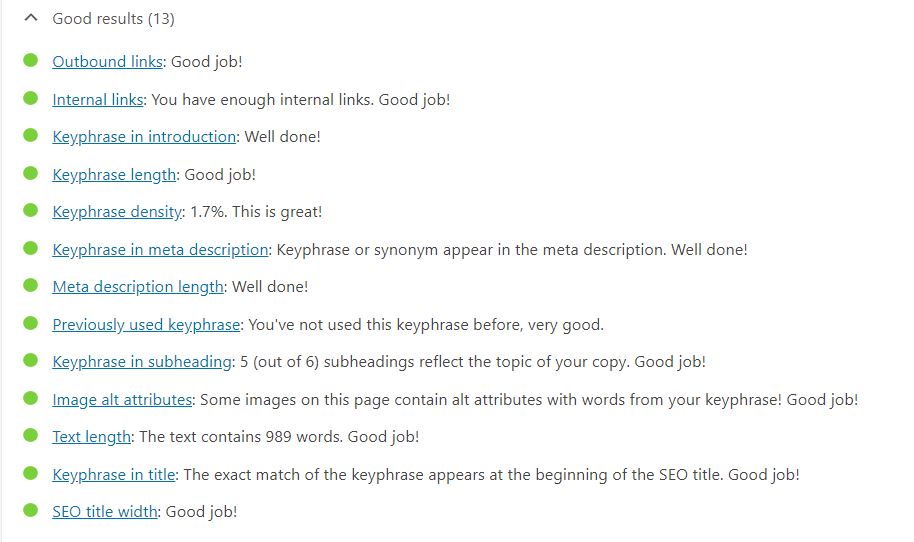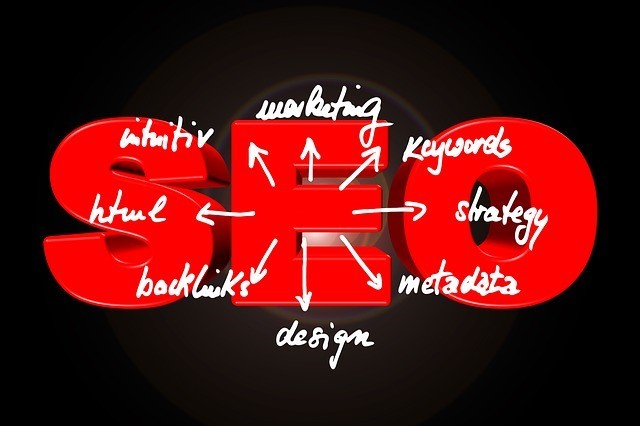SEO, also known as search engine optimization, is a part of digital marketing that is confusing for a lot of small business owners. Many owners hire a company or marketing consultant to review their site and optimize it. While that initial review is a great start, what most people don’t realize is that onsite SEO is an ongoing process for your website, not a one and done.
What is onsite SEO?
An entire book can (and has been!) written about SEO, but here are the basics that you should be aware of. Onsite SEO is the process of making your website search engine friendly. This means adjusting certain elements on your website so that search engines are able to crawl and understand the content and structure of your website. Moz provides a great slightly more specific definition: Onsite SEO (also known as on-page SEO) is the practice of optimizing elements on a website in order to rank higher and earn more relevant traffic from search engines. Onsite SEO refers to optimizing both the content and HTML source code of a page.
Isn’t all SEO the same?
The term “SEO” again refers to search engine optimization. However, there are actually two buckets when it comes to SEO: onsite SEO and offsite SEO. Offsite SEO refers to work done off of your website that helps with ranking and traffic for your site such as link building, content, etc. While it too is an ongoing effort, most people understand that is the case, and group their offsite SEO efforts with content placement, link building, guest blogging and even press releases (which can help with links) and other ongoing marketing efforts. It’s onsite SEO that tends to be addressed once and forgotten. You need to have both to be successful, and finding the right mix has everything to do with analytics and tracking.
The main factors that influence onsite SEO

Site-specific onsite SEO
These items contribute to good onsite SEO and should be taken into consideration for your whole site:
- Links – How many links are there? Are they internal links to other related pages on your site or external? Do those links make sense and are the relevant to the user experience?
- Page load speed – this is all about user experience. If your site is slow, it will negatively impact your onsite SEO. Use free tools such as GTMetrix to text your site.
- Use of Schema.org structured data or other markup
- Page URL structure – is your URL structure clean, easy to navigate and both user and search engine friendly?
- Mobile friendliness – how does your website resolve on a mobile phone screen? Are the links clickable? Is it easy to reach and navigate on a mobile phone?
- Page metadata – this includes page titles and meta descriptions
Page-specific onsite SEO
There are four basic factors to consider for page-specific onsite SEO:
- Title tag – A title tag is an HTML element that specifies the title of a web page. They are displayed on search engine results pages as the clickable headline for a given result, and are important for usability, SEO, and social sharing.
- URL – make sure they’re readable, help organize your content, and include target keyword phrases
- Content of page – each page of your site should provide unique, useful, relevant content and not be repetitive
- Image alt text – image alt tags allow search engines to “see” what an image is, which allows it to better understand your web page context
How to handle the basics of ongoing onsite SEO

Proper onsite SEO is crucial to the success of any website. Onsite SEO is an ongoing process so be sure to incorporate it into your overall marketing strategy to ensure you’re getting the most out of your efforts.
- Marketing Tactics That Your Small Business Can Do for Free - January 10, 2024
- How to Create Images for Your Small Business Website - December 6, 2023
- How Small Businesses Benefit from Referrals - November 6, 2023





